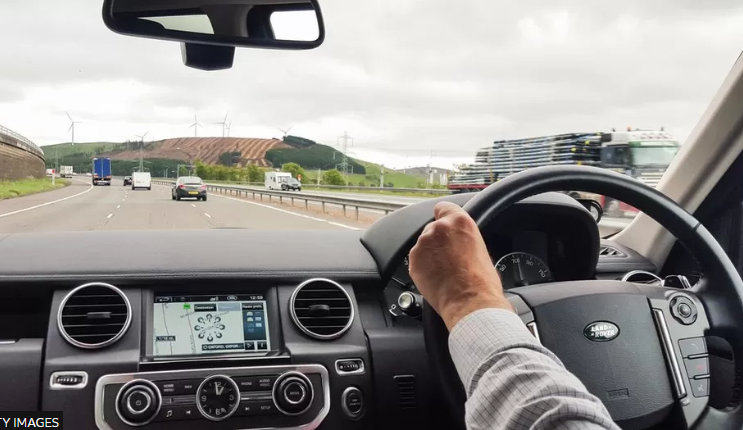To insure a leased car, you will need to follow several steps to ensure you have the appropriate cover.
Look at the lease requirements
Always review your lease agreement carefully so that you can understand the insurance requirements set by the company. Leasing agreements typically have specific insurance requirements, including minimum cover levels. Common requirements include liability insurance, collision insurance, and comprehensive insurance. Fleet World points out that leasing companies are a good fit for electric vehicles.

Contact your insurance company
Get in touch with your current car insurance provider, or shop around for new insurance quotes if you don’t already have cover. When contacting your insurer or obtaining quotes, always make sure you provide accurate and up-to-date information about the leased car, your driving history, and any other details.
Choose your cover levels
Select the appropriate cover levels for your leased car. Common types of cover include liability insurance, which covers damage and injuries you may cause to others in an accident; collision insurance, which covers damage to your leased vehicle in the event of a crash; and comprehensive insurance, which covers damage to your vehicle through theft, vandalism or fire.
Gap insurance is also often recommended for leased cars. It covers the difference between the car’s cash value and the amount you still owe in case the vehicle is stolen; therefore, it can prevent you from having to pay the ‘gap’ out of your own pocket.
If you want to benefit from car leasing Bristol, there are a number of companies, such as Autolyne, that provide this service and are staffed by experienced professionals.
Provide proof of your insurance
Once you have your insurance, provide proof of this to the leasing company. It will require all the necessary details, such as policy number and cover.

Ensure you drive safely at all times
Maintain a clean driving record, as this can help you to secure lower insurance rates. Drive slowly and safely to minimise the risk of accidents and claims, which can impact your insurance premiums.



